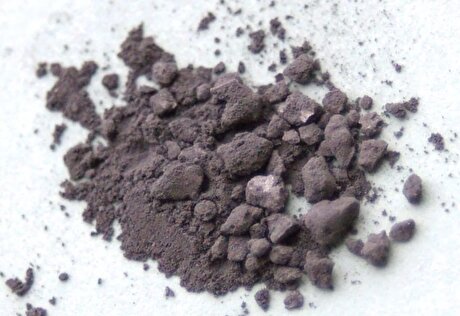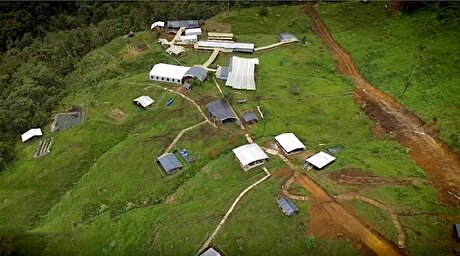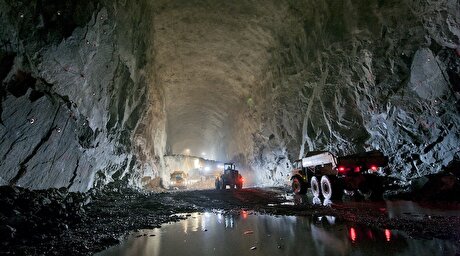
Zinc price will vault $4,000 within months – report

In a research report consultants Wood Mackenzie said the combination of scheduled mine closures, top producer Glencore's strategic cuts and the impact of environmental inspections in China has depleted global stocks of concentrate.
According to the report global zinc stockpiles fell by a third in 2017 to 1.8 million tons, equivalent to 47 days of global usage. Exchange stocks halved from 500kt to 250kt (equivalent to just 6 days of global consumption) over the same period.
By the end of the second quarter, there will be less than 40 days’ of stock available for consumers; "a critically low level" according to the authors which should propel prices to $4,000 a tonne in the third quarter of this year.
However, says Woodmac, zinc has the potential to rally even further:
"As the rapid escalation of the price thus far in 2018 has demonstrated, there is a strong possibility that investor
enthusiasm will pre-empt the tightness in the refined market and the cyclical peak in the price could be higher and sooner than
our base case assumption of a Q1 2019 average of $4,100/t."
Zinc has more than doubled since hitting multi-year lows in January 2016 when top producer Glencore curtailed production to shore up prices.
In December, Glencore said it would restart its Lady Loretta mine in the first half of this year, but added that it still expects zinc output to decrease slightly in 2018 to a shade under 1.1 million tonnes. In 2019, Glencore sees its zinc output creeping back up to 1.16 million tonnes.
Overall global zinc supply is to increase with additional capacity coming online in Australia (MMG's Dugald River project) and South Africa (Vedanta's Gamsberg mine).



Northern Dynasty shares plunge 55% on insider selling

US set to impose 93.5% duty on China battery material

Iran’s Copper Production Continues without Interruption

BHP delays Jansen potash project as costs surge; logs record copper output

Aclara Resources, Stanford University partner on AI-powered rare earth research

Ultra-rare metal rides AI boom as commodities star performer

Burgundy halts Ekati pit mining, lays off hundreds

Energy Fuels shares surge to 52-week high as it begins heavy rare earth production

SolGold to start mining copper from Cascabel in early 2028

Saskatchewan Research Council adds full-scale laser sorter to mining industry services

NexMetals receives EXIM letter for potential $150M loan

Lifezone Metals buys BHP’s stake in Kabanga, estimates $1.6B project value

KoBold signs Congo deal to boost US mineral supply

Northern Dynasty extends losses as it seeks court resolution on Pebble project veto

Spring Valley gold project in Nevada gets federal approval

Gold price to hit $3,600 this year and next: CIBC

China quietly issues 2025 rare earth quotas

BHP delays Jansen potash mine, blows budget by 30%

AVZ slams Congo-KoBold deal over disputed lithium project

NexMetals receives EXIM letter for potential $150M loan

Lifezone Metals buys BHP’s stake in Kabanga, estimates $1.6B project value

KoBold signs Congo deal to boost US mineral supply

Northern Dynasty extends losses as it seeks court resolution on Pebble project veto

China quietly issues 2025 rare earth quotas

BHP delays Jansen potash mine, blows budget by 30%

AVZ slams Congo-KoBold deal over disputed lithium project

BHP, Lundin JV extends useful life of Argentina copper mine

Antofagasta’s copper production up 11% in strong first half














